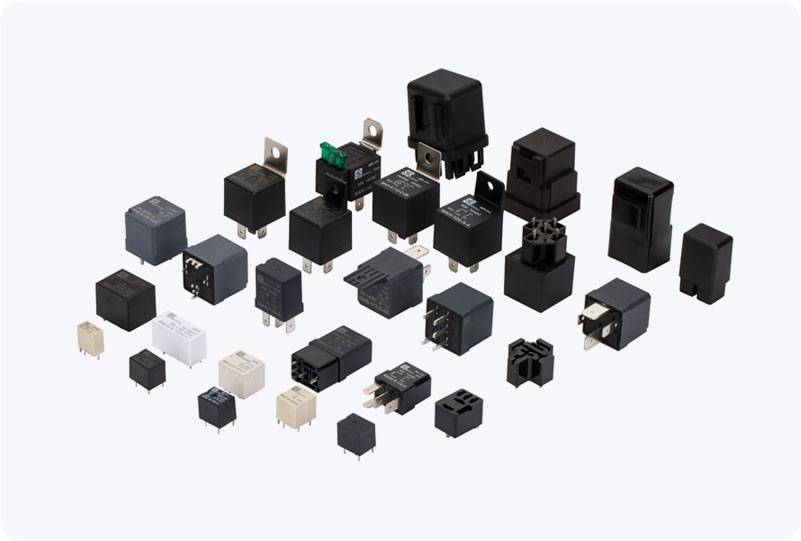understanding plc control relay: a key component in industrial automation
Release time:2025-06-24 17:27:09
In modern industrial automation, the integration of programmable logic controllers (PLC) with control relays plays a critical role in improving efficiency and ensuring the smooth operation of various systems. A PLC control relay combines the advantages of both technologies to manage complex processes and make automation smarter and more reliable. This article delves into the working principles, applications, and advantages of PLC control relays, shedding light on their importance in today's manufacturing and industrial environments.

What is a PLC Control Relay?
A PLC control relay is essentially an electrical control system that combines the functionality of a PLC and a relay. PLCs are digital computers used to automate various industrial processes, such as assembly lines, machine functions, and complex manufacturing tasks. The primary role of a PLC is to interpret input signals, process them using pre-programmed logic, and then activate the appropriate output devices (like motors, valves, or lights).
Control relays, on the other hand, are electromechanical devices used to control the operation of electrical circuits. A relay can open or close a set of contacts in response to an input signal, essentially switching the power on or off to connected devices. When integrated into a PLC system, control relays act as the interface between the PLC and the physical machinery being controlled.

